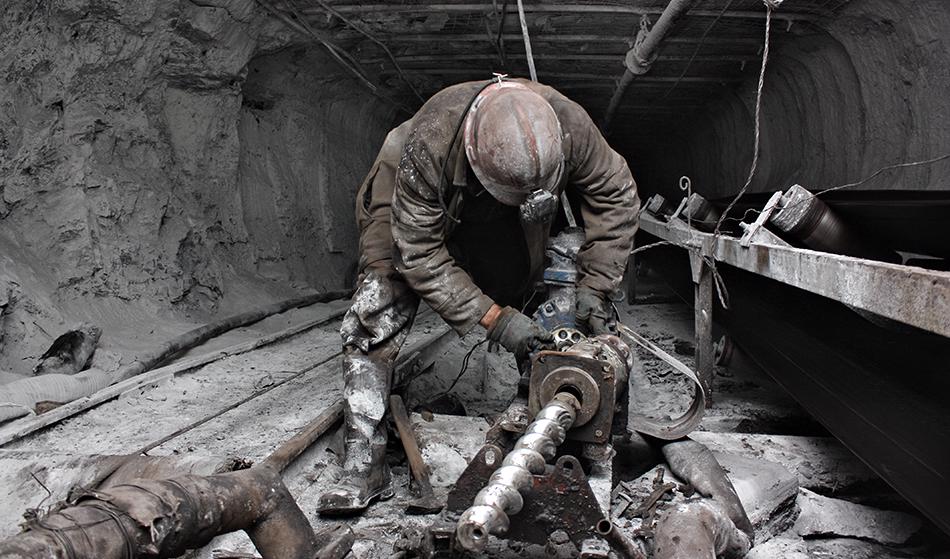 By Gaea Marelle Miranda, M.Sc.Apr 11 2019
By Gaea Marelle Miranda, M.Sc.Apr 11 2019The mining industry remains one of the most important industries in the world today. The raw materials necessary for the construction of infrastructures, the development of new approaches in healthcare, and the discovery of alternative sources of energy can all be derived from mining. For many countries, it is also one of the primary industries driving the economy forward, whether through research and development or the export of mined minerals across the globe.
However, it is not without its faults, with one of the main points of concern being the safety of miners who face plenty of danger in their workday. As well as developments in sustainable mining and underground exploration and excavation, worker safety must be a central focus for research - enter semiconductors.

Image Credit: Vyacheslav Svetlichnyy/Shutterstock.com
What Are Semiconductors?
Semiconductors are materials with conductivity falling between that of conductors and insulators. They are mostly used in electronic circuits and have been instrumental in driving advances in areas such as communication, computing, transportation, and healthcare. Due to semiconductors’ countless applications in electronics, they are also instrumental in the development and advancement of modern technology such as artificial intelligence, robotics, and automation.
Semiconductors such as silicon and metal oxides are also widely used in modern-day sensors, including temperature, carbon dioxide, and gas sensors. These sensors have applications not only in electronics, but also in plant physiology, indoor air quality measurement, and, importantly of mining, fire detection.
Semiconductor Gas Sensors in Coal Mines
To help ensure the safety of miners, gas sensors can be used for underground fire detection. This is important to ensure miners do not become trapped in the event of a fire while working underground. Smoldering fires, which can happen at any time in a coal mine, are characterized by the outgassing of carbon dioxide and ethylene. Semiconductor gas sensors can be used to detect any sign of smoldering and alert workers to either extinguish the fire or evacuate the area. The introduction of these sensors has helped minimize deaths resulting from the entrapment of workers underground due to fire.
Metal Oxide Semiconductor Sensors in Electronic Noses (E-Noses) for Air Contaminant Monitoring
Fire is not the only hazard found in mines; there is the danger of striking something underground that can lead to a gas leak and, given that most mines are airtight, this poses a considerable threat to the miners. A possible way to detect the presence of dangerous gases in the environment is with the use of electronic noses. Electronic noses, or e-noses, are designed to emulate mammalian or human noses to assess odorants in the environment. While e-noses are mostly used for assessing food quality and fragrance testing, they are also applicable in environmental scanning and the detection of harmful gases. Many e-noses make use of metal oxide semiconductor sensors and are another example of the semiconductor usage in the mining industry.
Summary
The previous examples mostly refer to specific uses of semiconductors in mining, but due to the extent semiconductors are used in our daily lives it should be no surprise that they are present in many more aspects of mining. Semiconductors can be found in communication devices and the electronic and energy-generating mechanisms used in mines. Semiconductors are still widely studied and, as we move into the future, it is certain that new applications will be found, not only in the mining industry but in all the different aspects of our lives.
Sources and Further Reading
Disclaimer: The views expressed here are those of the author expressed in their private capacity and do not necessarily represent the views of AZoM.com Limited T/A AZoNetwork the owner and operator of this website. This disclaimer forms part of the Terms and conditions of use of this website.